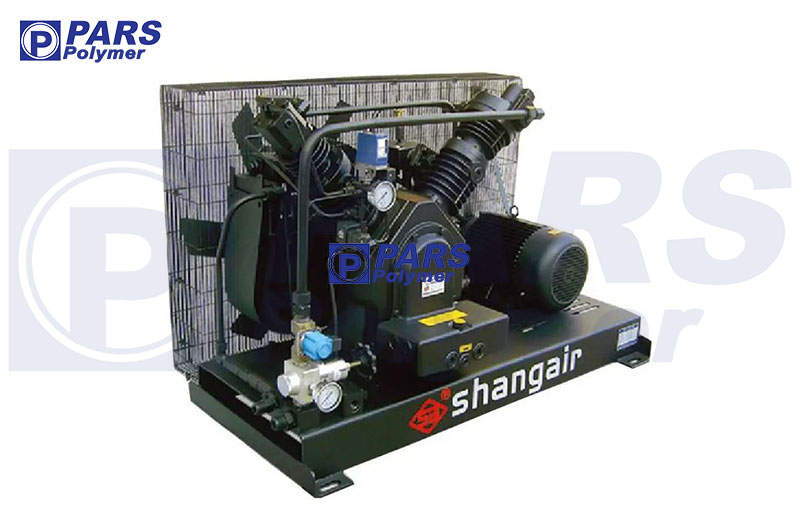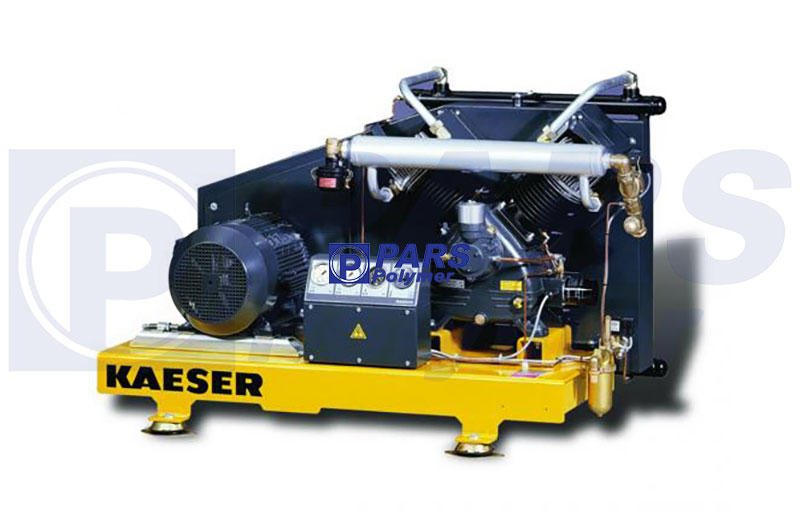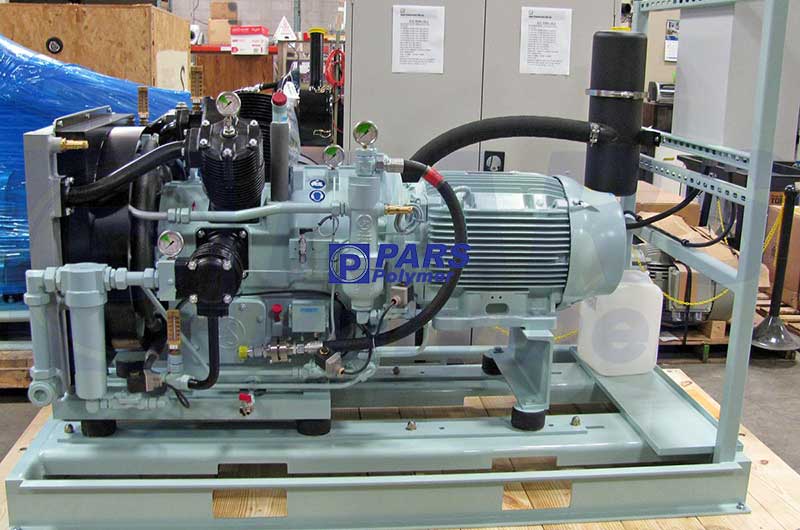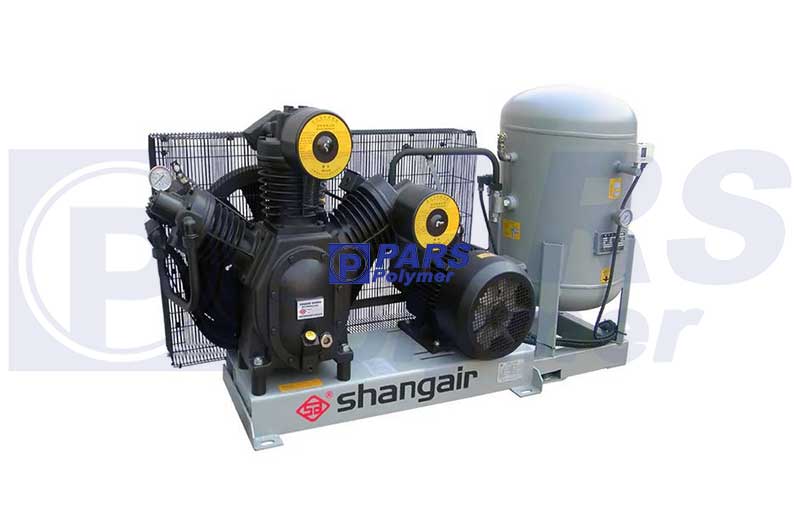50 bar PET compressors work by compressing atmospheric air under pressure to create potential energy that can be stored in a tank for later use. When compressed air is intentionally released, pressure is created, converting potential energy into usable kinetic energy. From there, this energy transfer can be harnessed to power various pneumatic tools.
Industrial air compressors work similarly to combustion engines. Generally, air compressor operation requires pump cylinder, piston and crankshaft to transfer energy for various tasks. These basic components can help supply air to inflate things like tires or inflatable pool toys, or they can power power tools like drills, nailers, grinders, sanders, and spray guns.

From impact wrenches to AC units, many versatile air-powered tools and machines are responsible for the convenience, shelter, automation and efficiency of everyday life. The compressors themselves are more compact and lighter than other centralized power sources. They also last longer, require less maintenance, and are easier to move around than other older machines.
50 bar piston air compressor performance for blowing pet
So, how does an air compressor get air? For those using a reciprocating compressor, it consists of two parts: increasing the pressure and decreasing the air volume. Most compressors use reciprocating piston technology.
A 50 bar PET compressor typically uses the following:
An electric motor
An inlet and a discharge valve for suction and release of air
A pump for compressing air
A storage tank
The compressor draws in air and creates a vacuum to reduce its volume. The vacuum pushes the air out of the chamber and into its storage tank. When the storage tank reaches the maximum air pressure, the compressor turns off. This process is called duty cycle. When the pressure drops below a certain number, the compressor turns on again.

Some types of 50 bar PET compressors do not require a storage tank, and a number of smaller options do without them for portability.
What is air displacement?
Air movement is at the core of any air compressor. To compress the air, the compressor’s internal mechanisms move to force air through the chamber. Two main types of air movement are used for this purpose:
How positive displacement works in a 50 bar PET compressor
positive displacement:
Most 30 bar and 40 bar air compressors use this method where air is drawn into a chamber. There, the device reduces the volume of the chamber to compress the air. It is then transferred to a storage tank and stored for later use.
Dynamic displacement:
Also called negative displacement, this method uses a propeller with rotating blades to bring air into the chamber. The energy created by the movement of the blades creates air pressure in a shorter period of time. Dynamic displacement can be used with turbo compressors because it works quickly and produces a large volume of air. Turbochargers in cars often use dynamic displacement air compressors.

Types of 50 bar PET compressor systems
PET air compressors began with three-stage, air-cooled, lubricated reciprocating units in multiple quantities for smaller systems and water-cooled, oil-free, three-stage or two-stage boosters for larger systems. Over the past ten years, four-stage centrifugals have become the popular base 50-bar air compressor, and smaller companies have embraced single-stage, air-cooled, lubricated boosters.
Here is a summary of the types of 50 bar PET compressors available today:
Three Stage Lubricated Air Cooled Piston – 15/40 CFM. Lubricated only; Compression up to 580 psi. Maximum flow 40/80 CFM Good use of space; with medium efficiency; useful life 10 to 12 years; Very affordable for small systems
Single stage boosters – 500/10 CFM; Available in lubricated and non-lubricated configurations; Uses available or required intake air from 125 to 175 psi depending on pressure. average use of space; relatively efficient; useful life 10 to 15 years; A very cost-effective solution for providing PET compressed air
Single stage compressors – 600/2000 CFM; It is usually cooled without oil and water. Uses 125 psi intake air. low turn; It needs a large space; relatively efficient; Relatively expensive; useful life of 20 to 30 years; It is used where a large amount of low pressure air is available. Actual costs for large systems
Four stage high pressure PET compressor – 1800/5000 CFM. without oil; efficient space; The cost of electricity is inefficient unless there is a full load. Long periods of low maintenance with costly major rebuilds. average cost per CFM; useful life 10 to 15 years; The real choice for baseload in large systems
Water-cooled three-stage air compressor – 1400/90 CFM; Oil free, water cooled; spending the right space for configuration; The most efficient option; If routine checks are not done, it can lead to high maintenance costs. Highest investment cost per CFM; useful life of 20 to 30 years; The main compressor systems of the large production PET plant.

Buying 50 bar PET air compressors
Every PET bottle production plant needs one or more PET air compressors. To get advice and guidance to choose the right PET compressor for your machines, as well as to buy all kinds of air screw compressors, Kaishan, Shangair, Atlas Copco, Finni, etc., stay in touch with our experts through communication channels.